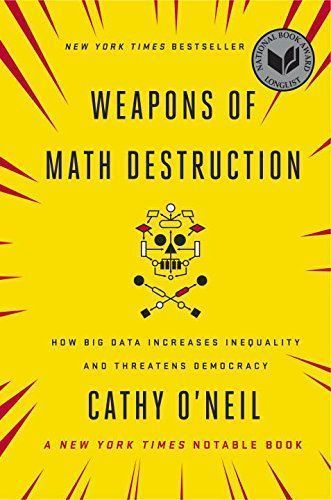
Reviews
Lindy@lindyb
Bashbunni@bashbunni
Matthew Serrano@mserrano
Gavin@gl
Daniel Toke Hansen@danieltoke
Andrew Louis@hyfen
Ahmed Salem@salem309
Dana Kraft@dkatx
Emma Friedheim@emrosemary
Igor Schwarzmann@zeigor
Jeni Enjaian@jenienjaian
Nikki Sojkowski@loveat1stwrite
Southern Today Gone Tomorrow@southernwolf
Nikita Barsukov@barsukov
Jeremy Cote@cote
Bryan Alexander@bryanalexander
Isidora Vatali@eleaza
Alyssa C Smith@alyssacsmith
Carlos Becker@caarlos0
Mie Jonasson@azieria
Mariana Suarez@marizeraus
Konrad Lischka@klischka
Andrew Reeves@awreeves
Lucas Kohorst@lucaskohorst